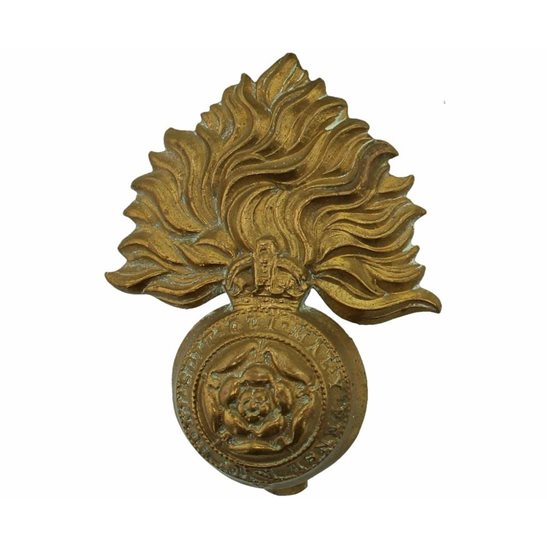Personal Details
Born: 9 March 1896 at Grindley Brook, Whitchurch, Shropshire and baptised on 1 April 1896 at St. Alkmund`s Parish Church, Whitchurch, Shropshire.
Family: He was the youngest of three children born to Samuel Boaz, a canal boatman, and his wife Annie (nee Ashley). His siblings were Elizabeth and Alice May. Samuel married Annie Griffiths in 1924 in Whitchurch, Shropshire. They do not appear to have had any children.
Residence: On the 1901 Census Samuel was living with his parents at Grindley Brook, Whitchurch, Shropshire. By 1911 his address was given as The Brades, Prees, Shropshire but on the Absentee Voters List for Spring 1919, his address was given as 7 Grindley Brook, Whitchurch, Shropshire. The 1939 Register stated that he and his wife were living at 8 Grindley Brook, Whitchurch, Shropshire.
Employment: In 1911 he was working as a farm labourer. On the 1939 Register he was described as a horseman on a farm.
Died: 7th March 1974, aged 77.
Military Details
Regiment: Royal Fusiliers (previously King`s Shropshire Light Infantry)
Rank: Private
Service Number: GS/96308 (previously 19590)
Date of Enlistment: Not known
Date of Discharge: Not known
Reason for Discharge: Not known
Other Information: His uncle, John Thomas Boaz, was in the Royal Engineers during WW1.
Samuel was awarded the Campaign Medals (British War Medal, and Victory Medal).

The British War Medal (also known as 'Squeak') was a silver or bronze medal awarded to officers and men of the British and Imperial Forces who either entered a theatre of war or entered service overseas between 5th August 1914 and 11th November 1918 inclusive. This was later extended to services in Russia, Siberia and some other areas in 1919 and 1920. Approximately 6.5 million British War Medals were issued. Approximately 6.4 million of these were the silver versions of this medal. Around 110,000 of a bronze version were issued mainly to Chinese, Maltese and Indian Labour Corps. The front (obv or obverse) of the medal depicts the head of George V. The recipient's service number, rank, name and unit was impressed on the rim.
The Allied Victory Medal (also known as 'Wilfred') was issued by each of the allies. It was decided that each of the allies should each issue their own bronze victory medal with a similar design, similar equivalent wording and identical ribbon. The British medal was designed by W. McMillan. The front depicts a winged classical figure representing victory. Approximately 5.7 million victory medals were issued. Interestingly, eligibility for this medal was more restrictive and not everyone who received the British War Medal ('Squeak') also received the Victory Medal ('Wilfred'). However, in general, all recipients of 'Wilfred' also received 'Squeak' and all recipients of The 1914 Star or The 1914/1915 Star (also known as 'Pip') also received both 'Squeak' and 'Wilfred'. The recipient's service number, rank, name and unit was impressed on the rim.

